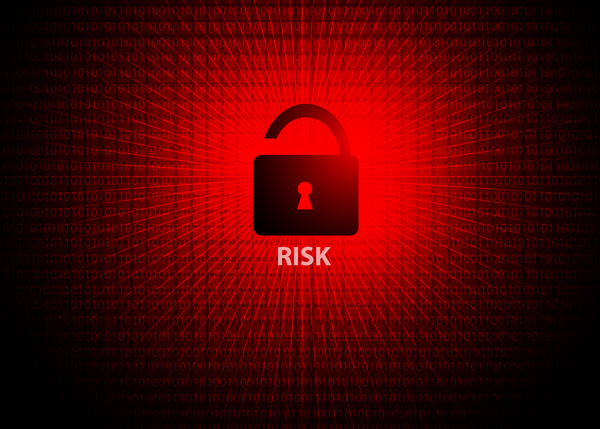Well-funded hackers with sophisticated tools strike fear into everyone responsible for cybersecurity. For instance, the Conti ransomware gang was responsible for 20 percent of ransomware attacks in the first quarter of 2022, including one that caused Costa Rica to declare a state of emergency. Other notorious gangs include North Korea’s Lazarus Group, the Magecart Syndicate and Russia’s Evil Corp.
As menacing as these groups may sound, Stephen in sales and Ellen in engineering likely pose more imminent threats.
According to recent Proofpoint report, 58 percent of CISOs believe the greatest risk of a breach comes from insiders — whether employees or trusted vendors. Consider these headline-making incidents:
- A 17-year-old tricked a Twitter employee into providing the credentials for corporate administrative tools, enabling the Florida teenager to take over verified accounts and use them in a Bitcoin scam.
- A disgruntled former employee of Kansas rural water district was able to access the agency’s computer system remotely and tamper with the cleaning process, putting customers in eight counties at risk.
- Multiple employees of South Africa’s Postbank copied the primary encryption key, making more than $3.2 million in fraudulent transactions and forcing the bank to pay $58 million to reissue more than 12 million payment cards.


